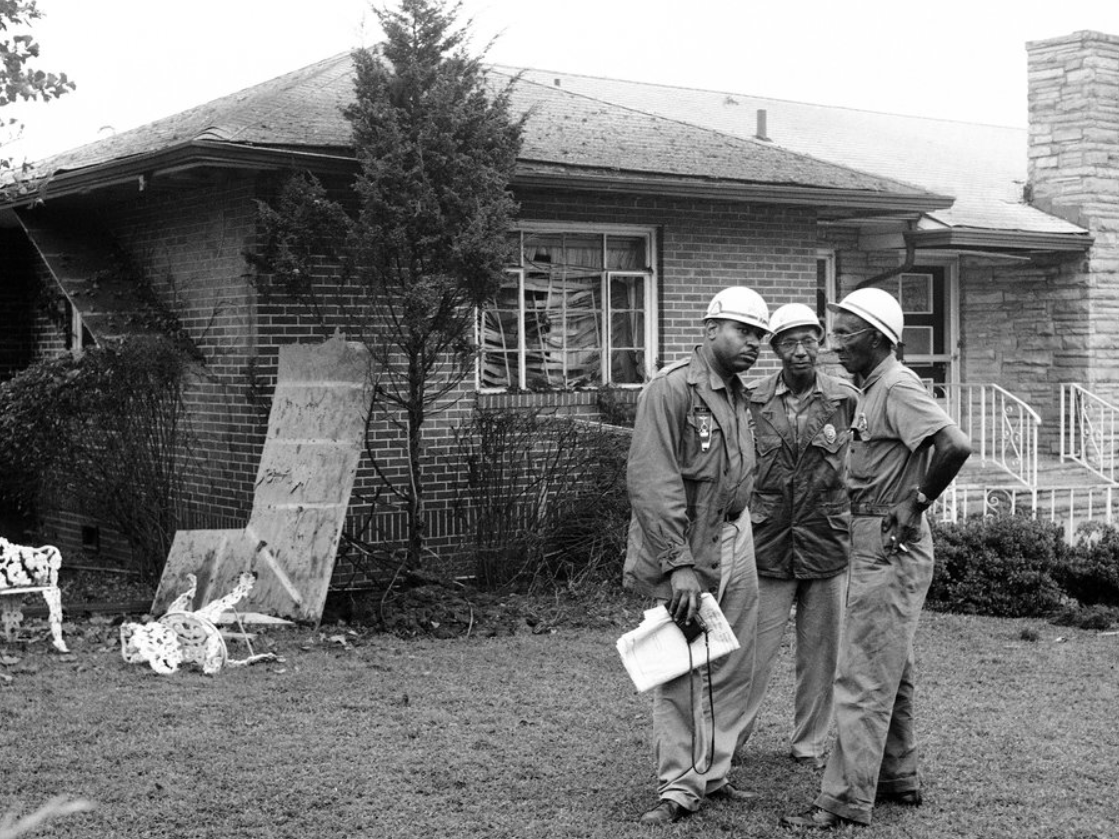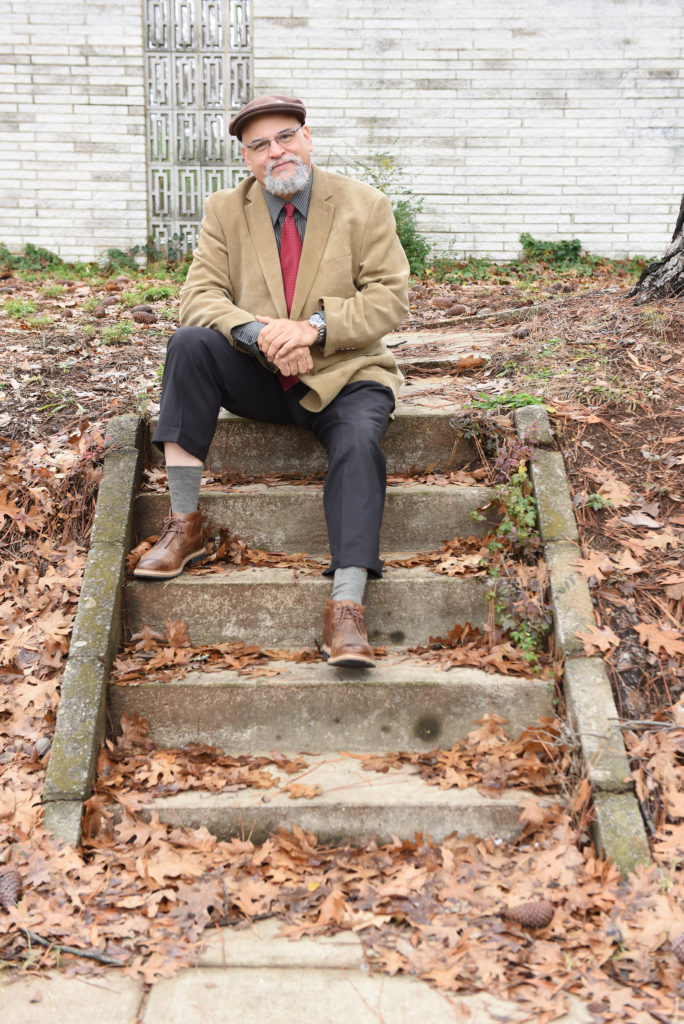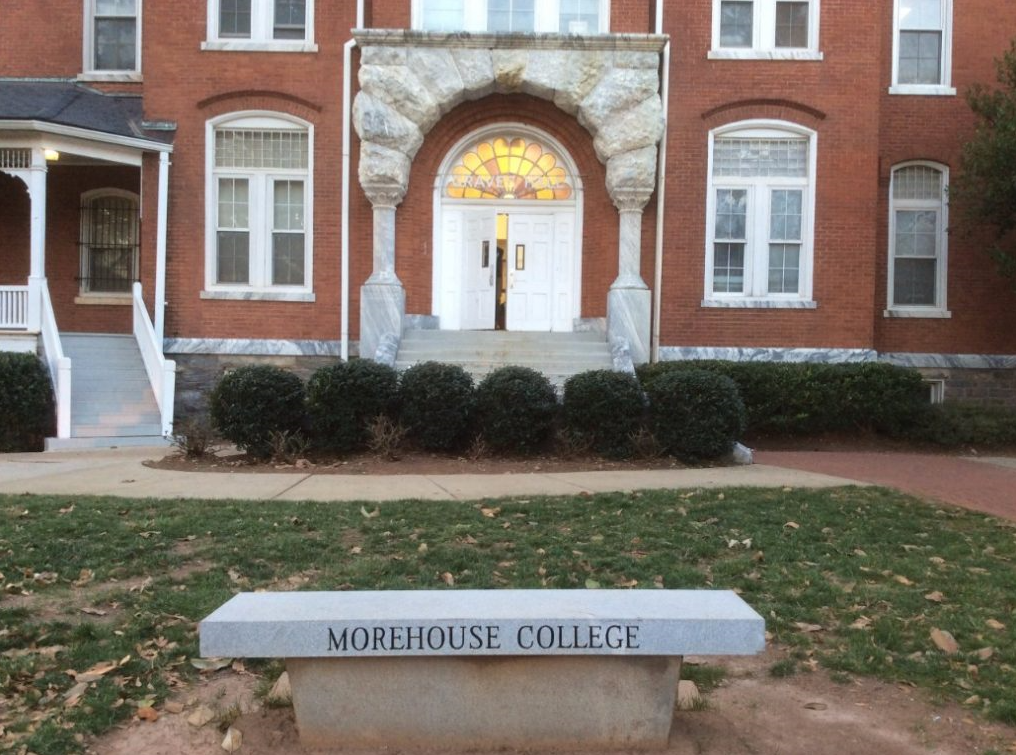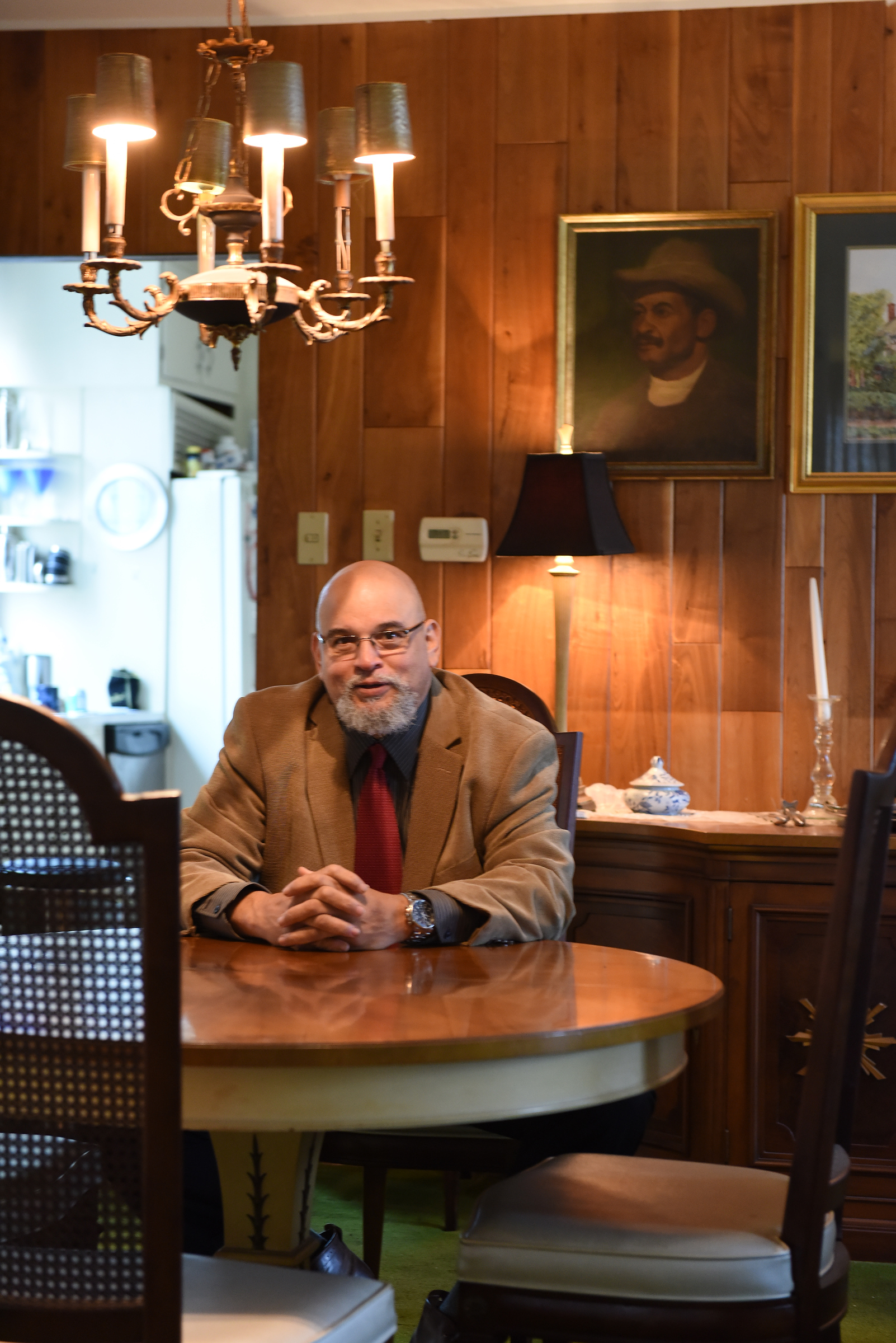
By Ariel Worthy
The Birmingham Times

Jeff Drew remembers the first day he met the Rev. Dr. Martin Luther King Jr., who stayed with his family during visits to Birmingham in the midst of the Civil Rights Movement.
Drew, who was 6 at the time, and some friends in the North Smithfield community—named “Dynamite Hill” because it was the most bombed place in Birmingham—were playing a football game when a motorcade arrived. A line of long cars rolled down the “driveway at my dad’s house, and these men with tall hats and coats sat here on the flower bed” and watched a bunch of kids play football game, Drew recalled.
King, whose prominence was on the rise, was among the group. It looked like a rescue operation, and the men meant business.
“We saw the determination in their faces,” Drew, now 66, remembered. “They arrived together. They left together. They ate together. This was leadership of black America, and we were about to be rescued. They looked like a SWAT team without weapons coming into Birmingham to make this change. We felt liberated.”
This was during the late 1950s, a time when segregationist policies deprived blacks of equal rights and their dignity throughout the nation—and particularly in the South and Birmingham. The city needed someone who could come in and assist local leaders—including the Rev. Fred L. Shuttlesworth, pastor of Bethel Baptist Church and founder of Alabama Christian Movement for Human Rights—in the effort to dismantle segregation.
That man was King, who would become a close friend of the Drews.
Morehouse Men
The Drew family was a natural connection for the Civil Rights icon—whose national birthday celebration is Monday, January 15. Jeff Drew explained how the bond began.
During the Montgomery bus boycott, which took place from Dec. 5, 1955, to Dec. 20, 1956, Alabama’s capital city lost money because African-Americans refused to ride the transit system. In retaliation, the city imposed higher insurance fees on church vehicles and prohibited some companies from insuring vehicles in carpools.

King, then pastor of Montgomery’s Dexter Avenue Baptist Church and head of the Montgomery Improvement Association, needed someone who could help provide insurance for blacks in the city. His brother, the Rev. A.D. King, who served as pastor of First Baptist Church in Ensley, Ala., from 1961 through 1965, connected him with a friend, John Drew—Jeff’s father. All three men, the King brothers and Drew, were Morehouse men.
“Morehouse men were like brothers,” Jeff Drew said. “[King] called my dad and asked if he could come to Montgomery and meet him. My father came out of that meeting and said, ‘That little preacher knows more about insurance than I do.
“My dad was thoroughly impressed with [King, who asked my father during that meeting], ‘May I come visit you in Birmingham?’ Dad said, ‘Yes.’ At the time, Mama and Daddy were already involved in voter registration; they were already politically active.”
Jeff Drew is the son of John and Addine “Deenie” Drew. His father operated the Alexander Insurance Agency Inc., which he co-founded in Atlanta, Ga., in 1932; he opened a branch in Birmingham in 1950. And his mother was known by many as the “Den Mother” of the Civil Rights Movement.
King’s request for help with the insurance was the beginning of a friendship that lasted until King’s assassination in April 1968.
“Uncle Mike”
King was known as “Uncle Mike” in the Drew home on Center Street in Smithfield, where Jeff Drew still lives and where he sat for an exclusive interview with the Birmingham Times.

“In this house, that’s what Mom and Dad called him: Mike,” said Drew, current president of the Alexander Insurance Agency. “He was ‘Uncle Mike,’ and he called me ‘Nephew.’”
Drew remembers answering the phone one day at the house: “‘This is the White House calling. Is Dr. Martin Luther King there?’
“I went into the living room, and [Uncle Mike went] back into the kitchen [to take the call]. [Uncle Mike’s] side of the conversation was, ‘Hello, Mr. President. Glad to hear from you. Hello, Mr. Attorney General. Glad to hear from you, too, sir. How are things in Washington? … No, sir, I’m sorry. … No, sir, I’m sorry, Mr. President, … we’re not going to stop the demonstrations.’”
Many Civil Rights meetings were held at the Drew house, and they were not always cordial.
“The leadership would have arguments, and there would be dissenters,” Drew recalled. “But before the evening was over and they walked out that door, they spoke with one voice. That’s the power of temperament. [King] was an expert at managing opposing views. He knew black America was listening, but they didn’t want to hear conflicting views. The [unified voice that came out of those meetings] provided solid leadership that black America could gravitate toward.”
Designed to Withstand Destruction
The Drew home on Dynamite Hill was designed to take bombings. The front room, which is the great room, has ceiling-to-floor windows and an open space. Going toward the back of the house, a wall separates the great room from the kitchen and living room. Going farther back in the house, another wall separates the kitchen and living room from the bedrooms.
“All the bedrooms were in the back, so when they would bomb the house—because they were cowards and did it only at night—we wouldn’t get hurt,” Drew said. “They would throw the dynamite and run off.”
Civil Rights Icons
Because of his parents, Drew was on a first-name basis with Shuttlesworth and King, as well as Andrew Young, former Atlanta mayor and U.S. ambassador to the United Nations; the Rev. John T. Porter, who served 38 years as pastor of Birmingham’s Sixth Avenue Baptist Church; and the entire leadership of the movement.
He also grew up around several of Birmingham’s Civil Rights luminaries, who lived in the Smithfield community.
“We were closely knit as a community,” Drew said. “Oscar Adams, [the first African-American Alabama Supreme Court justice], was one block away. Peter Hall, [a leading Civil Rights attorney and Birmingham’s first black judge], was one block away. Angela Davis, [political activist, academic, and author], was on the corner. Dad and Mama were here in this house.
“On the next block was Arthur Shores, [famed Civil Rights attorney]; Houston Brown, [retired Jefferson County presiding judge]; Helen Shores Lee [former civil division judge of Circuit 10 in Jefferson County]; Ruth Barefield-Pendleton, secretary of the Alabama Christian Movement for Human Rights. [The neighborhood] produced about six judges. There’s something in the dirt.”
The community also suffered together through tragedy.
Drew lost three close friends in the Sept. 15, 1963, Sixteenth Street Baptist Church bombing that killed 14-year-old Addie Mae Collins, 11-year-old Denise McNair, 14-year-old Carole Robertson, and 14-year-old Cynthia Wesley. Collins, Robertson, and Wesley were classmates of Drew, and Wesley was one of his neighbors.
“We used to walk to school together all the time,” he said.
Hope
Birmingham has come a long way from its segregated past and still has a ways to go, but, King and other Civil Rights leaders left Drew and many around the nation with a sense of hope.
“When you see cum laude graduates who come from broken homes, there’s where your hope is,” he said. “They have overcome all the detractors, the fatherless homes, the peer pressure. They got values and controlled their curiosity. That’s where I get my hope.”
Jeff Drew also spoke about requirements for marching with Dr. Martin Luther King Jr. To read more, click here.




